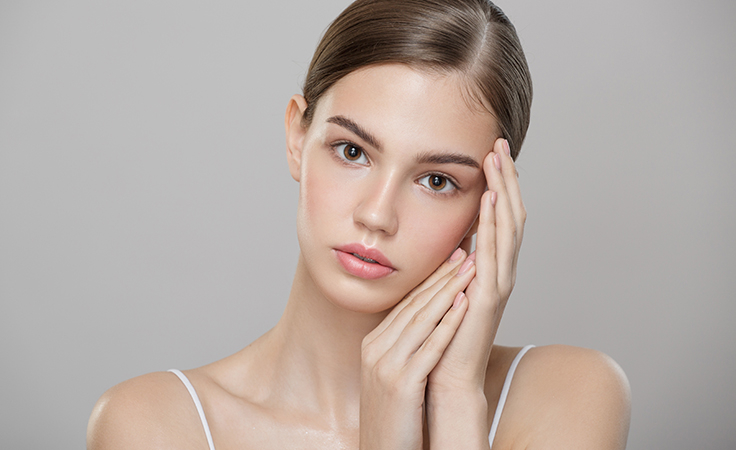

Types of Rhinoplasty
In this article, we will talk about some common nose types and their treatment.
Crooked Nose
A crooked or twisted nose is one that is not straight and is located in the center of the face. The degree of curvature can vary; in the worst case it can cause breathing problems. Whether the underlying cause is medical, physical (for example, as a result of injury) or genetic, septorhinoplasty can help improve its appearance. This usually involves reshaping the septum, the inner dividing wall of the nose.
Excessively Protruding or Low Protruding Nose
A low protruding nose is one that looks flat, squashed, or droopy, sometimes causing it to appear smaller. An overly protruding nose is the opposite, often looking pointed and larger than it should be. Such nose problems are treated by adjusting the bridge and tip to help give it a more natural and proportionate appearance. Again, breathing problems may occur in these cases, which rhinoplasty surgery can help alleviate.
Bulging Tip
As the name suggests, this is when the nose has a rounded, bulb- or ball-shaped tip, which can make the nose appear too large for the face. For its correction, cartilage grafting (using cartilage from another place such as the nasal septum), repositioning the lateral chord (cartilage forming the tip and the sides of the nostril) or reshaping the cartilage of the tip of the nose with small stitches can be made to appear smaller and more elegant.
Humpback Nose
Such noses may appear largely 'normal' in most places, but there is a bump on the bridge of the nose caused by too much cartilage and bone below. Rhinoplasty surgery involves correcting the hump to reduce its size. It's like trimming the top of an egg. The egg will then hatch. In order to bring the opened roof of the nose together, the bones will have to be broken and the edges will have to be brought together. In some cases, diffuse grafts may be required to support the nasal cartilage area where the lump was removed. These are like roof rafters. Depending on the size and location of the bump, non-surgical methods such as injecting fillers can also help improve its appearance.













